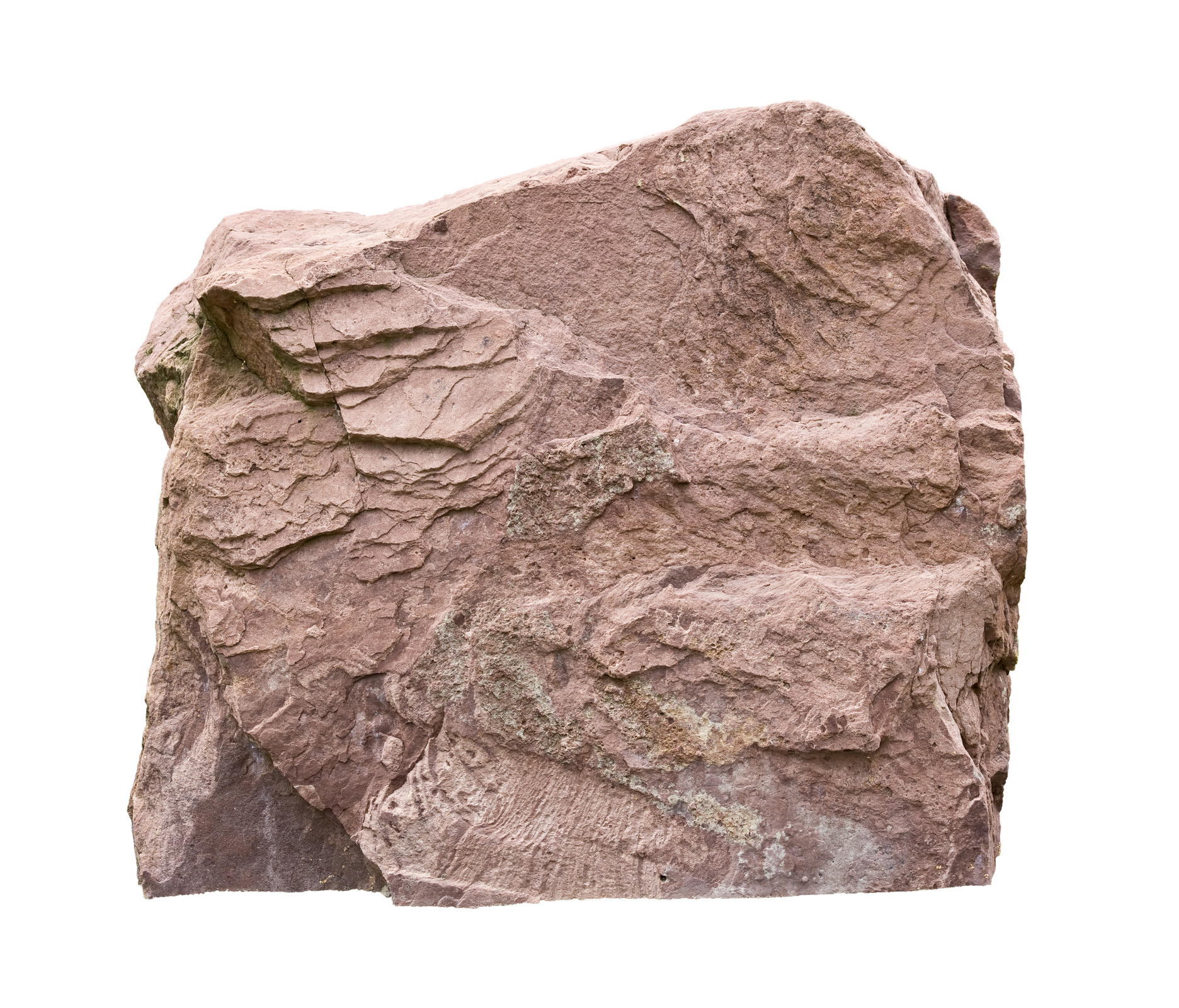This December, LET’S LEARN ABOUT…Sandstone!
Strong and durable, stone was one of the earliest materials used by man to make objects like tools and weapons. It has also been used to make structures for thousands of years, from simple dwellings and shrines to massive palaces and tombs, like the pyramids!
Different types of stone have unique properties and uses, and some are only found in certain regions. Because of its weight and the difficulty of transporting it over long distances, looking closely at the type of stone used can sometimes reveal where objects came from. Today we are looking at sandstone, one of the easiest stones to work with in art.
What is sandstone?
Sandstone is created through a process underground in which grains of sand are tightly pressed together under huge pressure for thousands of years. Rocks made this way are called sedimentary rocks.

Image above shows a large sandstone
Sandstone can be found in many colours, including pink, reddish orange, brownish yellow, and dark brown. Some types are spotted or speckled.
Sandstone in art
Sandstone is commonly used in art to make sculptures with various carving techniques. Metal tools are used to cut and remove parts of the stone to create forms and shapes.
Sandstone was widely used in the construction of temples in South and Southeast Asia. It was also made into decorative panels used to beautify these buildings and tell stories through images. Although relatively easy to carve, it is still extremely durable, which is why many carvings have survived for hundreds of years.
Let’s look at two sandstone objects in our galleries.